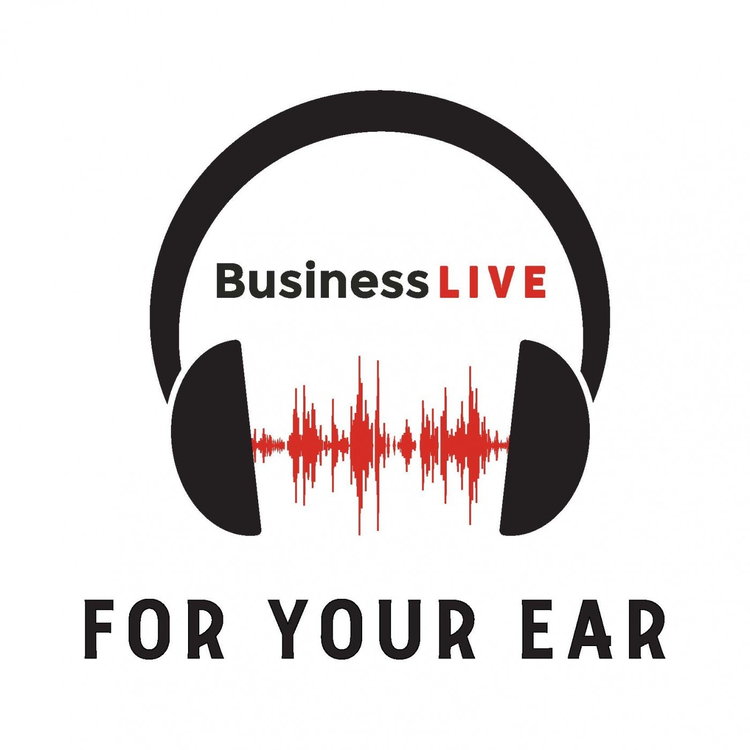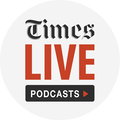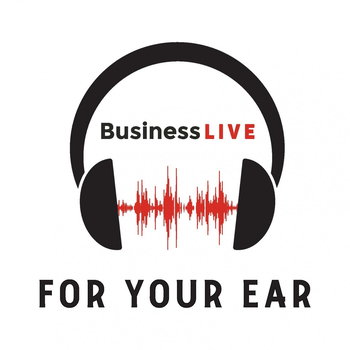
US consumer prices push higher for second consecutive month
Loading player...
Washingto — US consumer prices rose more than expected in July, with a measure of underlying inflation increasing by the most in more than 29 years amid broad gains in the costs of goods and services.
The report from the labor department on Wednesday, however, probably does not mark the start of worrisome inflation, and the Federal Reserve is likely to continue pumping money into the economy to aid the recovery from the Covid-19 recession.
The jump in prices is probably an unwinding of sharp declines experienced when non-essential businesses were shuttered in mid-March to slow the spread of the coronavirus. The higher prices further dispel fears of deflation, a decline in the general price level that is harmful during a recession as consumers and businesses may delay purchases in anticipation of lower prices.
“This should end any speculation that the pandemic-related slump in demand will quickly push the economy into a deflationary spiral,” said Paul Ashworth, chief US economist at Capital Economics in Toronto. “But this is not a sign that the US is instead about to experience a bout of much high inflation because of supply restrictions.”
The consumer price index rose 0.6% in July, with fuel accounting for a quarter of the gain. The CPI increased by the same margin in June. In the 12 months to end-July, the CPI accelerated 1% after climbing 0.6% in June.
Excluding the volatile food and energy components, the CPI jumped 0.6% last month as the cost of vehicle insurance surged a record 9.3%. That was the largest gain in the core CPI since January 1991 and followed a 0.2% rise in June. In the period, the core CPI advanced 1.6% after increasing 1.2% in June.
Economists polled by Reuters had forecast the CPI would rise 0.3% in July and the core CPI would gain 0.2%.
The report followed on the heels of news on Tuesday that producer prices accelerated in July.
With at least 31.3-million people on unemployment benefits, inflation is hardly a threat in the services-orientated economy.
“The biggest input to service sector prices is labour, and when you have more that 3- million people claiming unemployment benefits there is likely to be a glut for quite a while,” said James Knightley, chief international economist at ING in New York. “This will keep wage pressure subdued, thus limiting the upside for service sector inflation.”
The Fed tracks the core ...
The report from the labor department on Wednesday, however, probably does not mark the start of worrisome inflation, and the Federal Reserve is likely to continue pumping money into the economy to aid the recovery from the Covid-19 recession.
The jump in prices is probably an unwinding of sharp declines experienced when non-essential businesses were shuttered in mid-March to slow the spread of the coronavirus. The higher prices further dispel fears of deflation, a decline in the general price level that is harmful during a recession as consumers and businesses may delay purchases in anticipation of lower prices.
“This should end any speculation that the pandemic-related slump in demand will quickly push the economy into a deflationary spiral,” said Paul Ashworth, chief US economist at Capital Economics in Toronto. “But this is not a sign that the US is instead about to experience a bout of much high inflation because of supply restrictions.”
The consumer price index rose 0.6% in July, with fuel accounting for a quarter of the gain. The CPI increased by the same margin in June. In the 12 months to end-July, the CPI accelerated 1% after climbing 0.6% in June.
Excluding the volatile food and energy components, the CPI jumped 0.6% last month as the cost of vehicle insurance surged a record 9.3%. That was the largest gain in the core CPI since January 1991 and followed a 0.2% rise in June. In the period, the core CPI advanced 1.6% after increasing 1.2% in June.
Economists polled by Reuters had forecast the CPI would rise 0.3% in July and the core CPI would gain 0.2%.
The report followed on the heels of news on Tuesday that producer prices accelerated in July.
With at least 31.3-million people on unemployment benefits, inflation is hardly a threat in the services-orientated economy.
“The biggest input to service sector prices is labour, and when you have more that 3- million people claiming unemployment benefits there is likely to be a glut for quite a while,” said James Knightley, chief international economist at ING in New York. “This will keep wage pressure subdued, thus limiting the upside for service sector inflation.”
The Fed tracks the core ...

